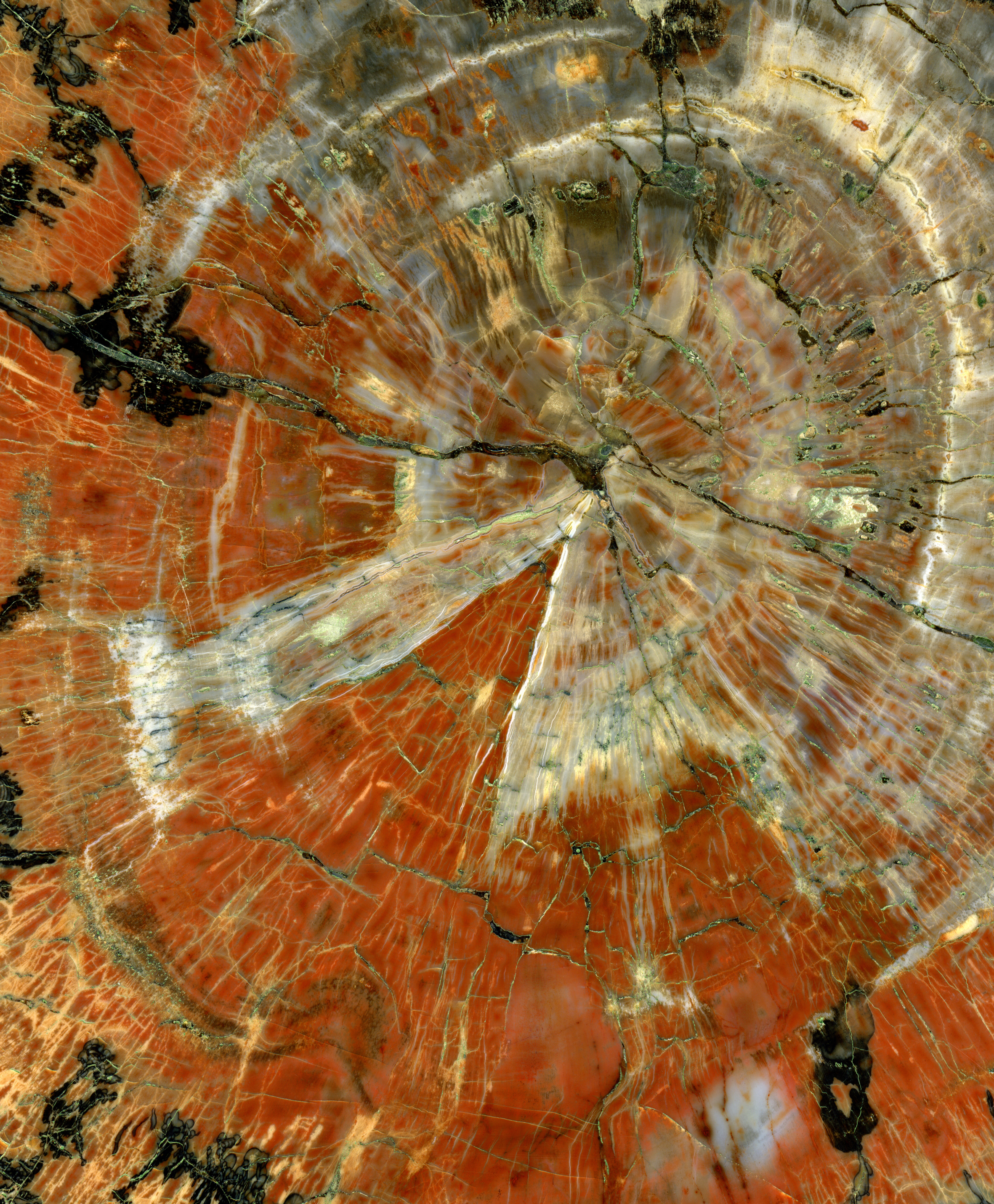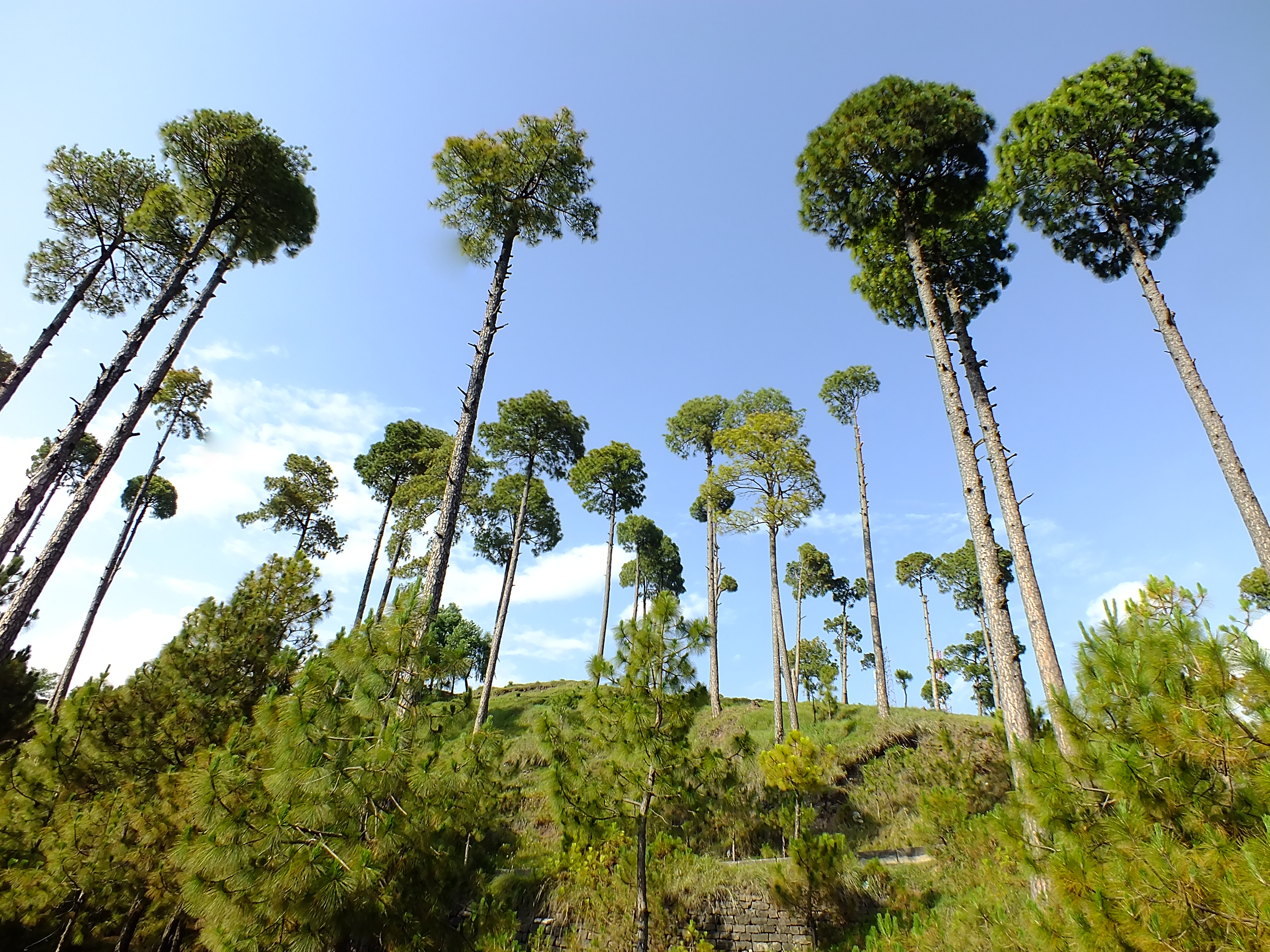|
Akal Wood Fossil Park
Akal Wood Fossil Park is a National Geological Monument of India located in Jaisalmer district, Rajasthan. It is also a Biodiversity Heritage Site. It is 21 hectares in extent and is located in Akal village, 17–18 km from Jaisalmer city, and 1 km off the Jaisalmer-Barmer road, on a stretch of about 10 km2 of bare hillside. The terrain is barren and rocky. The park lies in Jaisalmer's fossil belt, a region noted to have the potential for geological parks. Fossils and footprints of pterosaurs have been found in the nearby Thaiyat area. The park contains fossils of Pterophyllum, ''Ptilophyllum'', '' Equisetites'' species and dicotyledonous wood and gastropod shells of the Early Jurassic period. There are about a dozen fossilised wood logs lying horizontally oriented in random directions, the largest of which is 13.4 m in length and 0.9 m in width. There are a total of 25 petrified tree trunks. The fossils date back 180 million years. The Geological Survey of India ... [...More Info...] [...Related Items...] OR: [Wikipedia] [Google] [Baidu] |
Fossil Park
Following is a list of protected areas where fossils are preserved, known as fossil parks or fossil reserves, worldwide by country. Africa Egypt Wadi Al-Hitan, Wadi Al-Hitan - Valley of The Whales, Fayyoum, Western Desert South Africa West coast fossil park, West Coast Fossil Park, Langebaanweg, Western Cape Tanzania Asia India There are two geological parks maintained by the Geological Survey of India: *Shivalik Fossil Park, Saketi, H.P. *Mandla Plant Fossils National Park Japan *Sendai City Tomizawa Site Museum houses a fossilized forest and human artifacts Thailand Australia Australia Victoria *Dinosaur Dreaming *Dinosaur Cove Queensland *Australian Fossil Mammal Sites (Riversleigh), Riversleigh South Australia * Lake Callabonna, Lake Callabonna Fossil Reserve *Lake Ngapakaldi to Lake Palankarinna Fossil Area * Maslins Beach, Maslin Bay - Aldinga Bay Geological Site *Naracoorte Caves National Park * Nilpena Ediacara National Park * Willalinchina Sandstone Fossil ... [...More Info...] [...Related Items...] OR: [Wikipedia] [Google] [Baidu] |
Petrified Tree
Petrified wood, also known as petrified tree (from Ancient Greek meaning 'rock' or 'stone'; literally 'wood turned into stone'), is the name given to a special type of ''fossilized wood'', the fossilized remains of terrestrial vegetation. ''Petrifaction'' is the result of a tree or tree-like plants having been replaced by stone via a mineralization process that often includes permineralization and replacement. The organic materials making up cell walls have been replicated with minerals (mostly silica in the form of opal, chalcedony, or quartz). In some instances, the original structure of the stem tissue may be partially retained. Unlike other plant fossils, which are typically impressions or compressions, petrified wood is a three-dimensional representation of the original organic material. The petrifaction process occurs underground, when wood becomes buried in water-saturated sediment or volcanic ash. The presence of water reduces the availability of oxygen which inhibits ... [...More Info...] [...Related Items...] OR: [Wikipedia] [Google] [Baidu] |
Mesozoic Paleontological Sites Of Asia
The Mesozoic Era ( ), also called the Age of Reptiles, the Age of Conifers, and colloquially as the Age of the Dinosaurs is the second-to-last era of Earth's geological history, lasting from about , comprising the Triassic, Jurassic and Cretaceous Periods. It is characterized by the dominance of archosaurian reptiles, like the dinosaurs; an abundance of conifers and ferns; a hot greenhouse climate; and the tectonic break-up of Pangaea. The Mesozoic is the middle of the three eras since complex life evolved: the Paleozoic, the Mesozoic, and the Cenozoic. The era began in the wake of the Permian–Triassic extinction event, the largest well-documented mass extinction in Earth's history, and ended with the Cretaceous–Paleogene extinction event, another mass extinction whose victims included the non-avian dinosaurs, pterosaurs, mosasaurs, and plesiosaurs. The Mesozoic was a time of significant tectonic, climatic, and evolutionary activity. The era witnessed the gradual rifting ... [...More Info...] [...Related Items...] OR: [Wikipedia] [Google] [Baidu] |
Fossil Parks In India
The Geological Survey of India (GSI) currently maintains two protected areas bearing rich fossil deposits. * Shivalik Fossil Park, near Saketi, Himachal Pradesh is notable for its life-size models of the vertebrates that might have roamed the Sivalik Hills 1.5—2.5 million years ago. * Mandla Plant Fossils National Park, near Dindori, Madhya Pradesh is a park that attempts to preserve the fossil remains of a primordial forest that covered the region 40—150 million years ago. Both parks, numerous fossil displays and models in Indian zoological parks, are part of the Geological Survey's charter program to educate the general public on the Earth's evolutionary history. One of the more comprehensive displays is that of the Natural History Museum of the Nehru Zoological Park, Hyderabad. The GSI also manages the following fossil parks: * National Fossil Wood Park, Tiruvakkarai in Tamil Nadu. * National Fossil Wood Park, Sathanur, in Tamil Nadu Other fossil parks in India i ... [...More Info...] [...Related Items...] OR: [Wikipedia] [Google] [Baidu] |
National Geological Monuments In India
National Geological Monuments are geographical areas of national importance and heritage, as notified by the Government of India's Geological Survey of India (GSI), for their maintenance, protection, promotion and enhancement of geotourism.national geo-heritage of India List of National Geological Monuments There are 34 notified National Geological Heritage Monument Sites of India. GSI or the respective State governments are responsible for taking necessary measures to protect these sites. Geo-tourism sites in ...
|
National Fossil Wood Park, Tiruvakkarai
The National Fossil Wood Park, Tiruvakkarai is a notified National Geo-heritage Monument located in the Villupuram District in the Indian state of Tamil Nadu and is maintained by the Geological Survey of India. The park was established in 1940 and is located 1 km east of ThiruvakkaraiThese trees speak, but not many hear The Hindu ne village on the road between and .wspaper, 2-Nov-2014 village on the road between |
Fluviatile
In geography and geology, fluvial processes are associated with rivers and streams and the deposits and landforms created by them. When the stream or rivers are associated with glaciers, ice sheets, or ice caps, the term glaciofluvial or fluvioglacial is used. Fluvial processes Fluvial processes include the motion of sediment and erosion or deposition on the river bed. The movement of water across the stream bed exerts a shear stress directly onto the bed. If the cohesive strength of the substrate is lower than the shear exerted, or the bed is composed of loose sediment which can be mobilized by such stresses, then the bed will be lowered purely by clearwater flow. In addition, if the river carries significant quantities of sediment, this material can act as tools to enhance wear of the bed ( abrasion). At the same time the fragments themselves are ground down, becoming smaller and more rounded (attrition). Sediment in rivers is transported as either bedload (the coarser ... [...More Info...] [...Related Items...] OR: [Wikipedia] [Google] [Baidu] |
Gymnosperm
The gymnosperms ( lit. revealed seeds) are a group of seed-producing plants that includes conifers, cycads, ''Ginkgo'', and gnetophytes, forming the clade Gymnospermae. The term ''gymnosperm'' comes from the composite word in el, γυμνόσπερμος ( el, γυμνός, translit=gymnos, lit=naked, label=none and el, σπέρμα, translit=sperma, lit=seed, label=none), literally meaning 'naked seeds'. The name is based on the unenclosed condition of their seeds (called ovules in their unfertilized state). The non-encased condition of their seeds contrasts with the seeds and ovules of flowering plants (angiosperms), which are enclosed within an ovary. Gymnosperm seeds develop either on the surface of scales or leaves, which are often modified to form cones, or solitary as in yew, ''Torreya'', ''Ginkgo''. Gymnosperm lifecycles involve alternation of generations. They have a dominant diploid sporophyte phase and a reduced haploid gametophyte phase which is dependent on ... [...More Info...] [...Related Items...] OR: [Wikipedia] [Google] [Baidu] |
Redwood
Sequoioideae, popularly known as redwoods, is a subfamily of coniferous trees within the family Family (from la, familia) is a Social group, group of people related either by consanguinity (by recognized birth) or Affinity (law), affinity (by marriage or other relationship). The purpose of the family is to maintain the well-being of its ... Cupressaceae. It includes the List of superlative trees#Largest, largest and tallest trees in the world. Description The three redwood subfamily genus, genera are ''Sequoia (genus), Sequoia'' from coastal California and Oregon, ''Sequoiadendron'' from California's Sierra Nevada, and ''Metasequoia'' in China. The redwood species contains the largest and tallest trees in the world. These trees can live for thousands of years. Threats include logging, fire suppression, climate change, illegal marijuana cultivation, and burl poaching. Only two of the genera, ''Sequoia'' and ''Sequoiadendron'', are known for massive trees. Trees of ''Met ... [...More Info...] [...Related Items...] OR: [Wikipedia] [Google] [Baidu] |
Cedrus Deodara
''Cedrus deodara'', the deodar cedar, Himalayan cedar, or deodar, is a species of cedar native to the Himalayas. Description It is a large evergreen coniferous tree reaching tall, exceptionally with a trunk up to in diameter. It has a conic crown with level branches and drooping branchlets. The leaves are needle-like, mostly long, occasionally up to long, slender ( thick), borne singly on long shoots, and in dense clusters of 20–30 on short shoots; they vary from bright green to glaucous blue-green in colour. The female cones are barrel-shaped, long and broad, and disintegrate when mature (in 12 months) to release the winged seeds. The male cones are long, and shed their pollen in autumn. Chemistry The bark of ''Cedrus deodara'' contains large amounts of taxifolin. The wood contains cedeodarin, ampelopsin, cedrin, cedrinoside, and deodarin (3′,4′,5,6-tetrahydroxy-8-methyl dihydroflavonol). The main components of the needle essential oil include α-terpine ... [...More Info...] [...Related Items...] OR: [Wikipedia] [Google] [Baidu] |
Chir Pine
''Pinus roxburghii'', commonly known as chir pine or longleaf Indian pine, is a species of pine tree native to the Himalayas. It was named after William Roxburgh. Description ''Pinus roxburghii'' is a large tree reaching with a trunk diameter of up to , exceptionally . The bark is red-brown, thick and deeply fissured at the base of the trunk, thinner and flaky in the upper crown. The leaves are needle-like, in fascicles of three, very slender, long, and distinctly yellowish green. The cones are ovoid conic, long and broad at the base when closed, green at first, ripening glossy chestnut-brown when 24 months old. They open slowly over the next year or so, or after being heated by a forest fire, to release the seeds, opening to broad. The seeds are long, with a wing, and are wind- dispersed. Similar species ''Pinus roxburghii'' is closely related to '' P. canariensis'' (Canary Island pine), '' P. brutia'' (Turkish pine) and '' P. pinaster'' (maritime ... [...More Info...] [...Related Items...] OR: [Wikipedia] [Google] [Baidu] |







